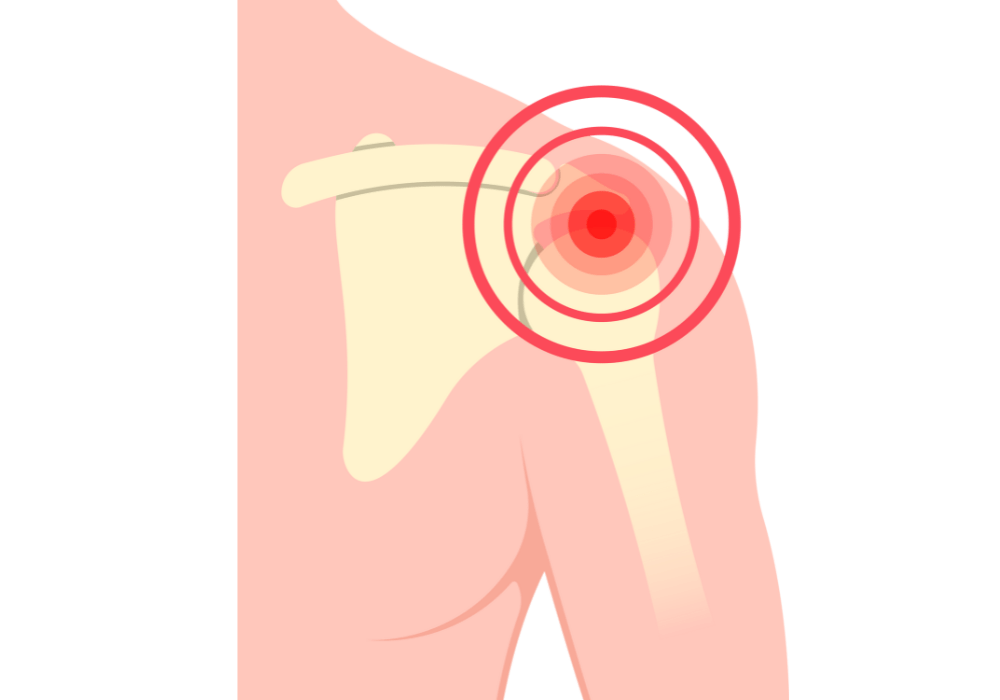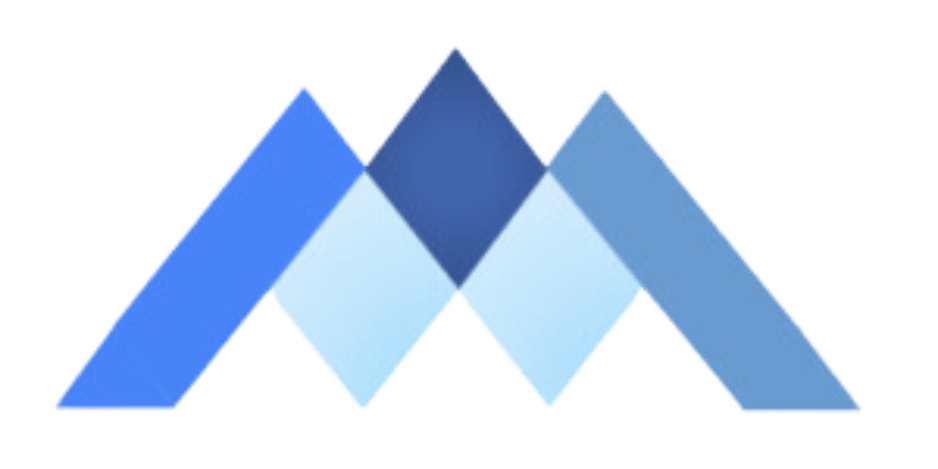Shoulder Impingement
Let’s understand Shoulder Impingement
Shoulder Impingement
Shoulder impingement is a common ailment that can significantly disrupt your daily life and athletic endeavors. This condition arises when the bones surrounding the shoulder joint compress the rotator cuff tendons, resulting in pain, discomfort, and irritation. Typically, this compression occurs due to inflammation or the presence of bone spurs within the shoulder joint space.

Shoulder Impingement
Shoulder impingement is a common ailment that can significantly disrupt your daily life and athletic endeavors.
Let's’ explore the causes:
As athletes age, the repetitive strain from years of physical activity can lead to degenerative changes in the shoulder joint. These changes make the shoulder more prone to impingement. This is especially common in veteran athletes who have spent years participating in sports involving shoulder use.
Even younger athletes can experience degeneration if they have engaged in high-intensity sports from a young age. Over time, the cumulative microtrauma from repeated shoulder movements can lead to tissue degeneration and impingement.
Athletes involved in sports like baseball, cricket, and javelin throwing constantly engage in overhead motions. The repetitive stress on the shoulder tendons from these actions can cause inflammation and narrowing of the subacromial space, leading to impingement. Exercises such as overhead presses, snatches, and clean and jerks require significant overhead movement. Improper technique or excessive weight can place undue stress on the rotator cuff tendons.
Athletes may adopt poor postural habits during training or competition. Rounded shoulders and forward head postures can alter the mechanics of the shoulder joint, increasing the risk of impingement.
Improper use or adjustment of sports equipment, such as poorly fitting tennis racquets or heavy football pads, can contribute to poor posture and shoulder alignment issues.
Contact sports like football, rugby, and martial arts often involve falls and direct blows to the shoulder. These traumatic events can cause acute compression of the rotator cuff tendons, leading to impingement. Sports that involve jumping or rapid direction changes, such as basketball or gymnastics, carry a risk of falls. Landing on an outstretched arm can disrupt the shoulder joint structure and cause impingement.
In sports like hockey and lacrosse, collisions with other players or the ground can lead to shoulder trauma, resulting in impingement.



What are the Symptoms?
Popping Sound:
Some individuals may experience a sudden popping sensation at the moment of injury, indicating possible damage to the shoulder structures.
Severe Pain:
Sharp or shooting pain in the shoulder, especially during activities that require overhead movements like reaching or lifting.
Swelling:
Rapid swelling around the shoulder joint, often accompanied by warmth and tenderness to the touch.
Difficulty Moving & Weakness:
Impingement can restrict the shoulder’s range of motion, making it difficult to lift the arm or perform daily tasks. Weakness in the affected shoulder may also be present, further limiting functionality.
Bruising:
Visible bruising around the shoulder area may occur, particularly following traumatic events such as falls or collisions.
Shoulder impingement can significantly impact your quality of life, but with prompt diagnosis and appropriate treatment, you can effectively manage its symptoms and regain full function of your shoulder joint.
Treatments Plans For You:
Surgical Treatments:
1. Repair Surgery:
The surgeon makes a carefully planned incision to access the affected area of the shoulder. The size and location of the incision may vary depending on the specific details of the injury and the chosen surgical approach.
Once the incision is made, the surgeon carefully navigates through the layers of tissue to expose the torn tendon. Specialized instruments and techniques may be used to gently separate surrounding structures and provide optimal access to the injured area. The torn ends of the tendon are meticulously repositioned and stitched back together using strong sutures or specialized anchors. The goal of the repair surgery is to align the tendon properly and secure it in place to promote healing and restore normal function to the shoulder joint. After the tendon repair is completed, the surgeon carefully closes the incision using sutures or surgical staples. Sterile dressings or bandages are applied to the wound to protect it and facilitate healing.
2. Internal Fixation:
The surgeon makes an incision over the fracture site to access the broken bones within the shoulder joint. The size and location of the incision depend on the specific details of the fracture and the chosen fixation method. Using specialized instruments, the surgeon carefully realigns the fractured bone fragments into their correct anatomical position. This step is crucial for promoting proper healing and restoring normal shoulder function. Once the bones are properly aligned, the surgeon uses plates, screws, or rods to stabilize the fracture and hold the bone fragments securely in place. These fixation devices may be made of metal or biocompatible materials and are selected based on the unique characteristics of the fracture.
After the fracture is stabilized, the surgeon closes the incision using sutures or surgical staples. The wound is then dressed with sterile bandages or dressings to protect it and facilitate healing.
Both repair surgery and internal fixation are intricate procedures that require expertise and precision to achieve successful outcomes. Following surgery, patients undergo a comprehensive rehabilitation program to optimize recovery and restore function to the shoulder joint.
Post-Surgical Management:
Rehabilitation:
Crucial for restoring strength, flexibility, and range of motion in the shoulder joint through structured exercises and physical therapy.
Regular follow-up appointments with healthcare professionals to ensure proper healing and to address any complications. Gradual progression of exercises tailored to the individual’s specific needs and recovery timeline.
Shoulder pain shouldn’t be ignored or self-diagnosed. If you’re experiencing symptoms of shoulder impingement, seek professional medical evaluation and treatment. Early diagnosis and intervention can expedite your recovery and help you get back to achieving your #ShoulderGoals in no time.
Don’t let shoulder impingement hold you back from your active lifestyle.
Schedule An Appointment
Elevate your performance with Apex Sports Clinic! Schedule an appointment today for personalized, expert care in optimizing your athletic potential.


APEX SPORTS CLINIC
Search Here
Book An Appointment
Quick Links
Contact us
- Email Address
- admin@apexsportsclinic.sg
- Address
- #18-12, Royal Square Medical Center,101 Irrawaddy Road, Novena, Singapore 329565
- Phone
- +6587745468
- Address
- #03-03/04, i12 Katong, 112 East Coast Road, Singapore 428802
- Phone
- +6583219004
APEX SPORTS CLINIC
Search Here
Book An Appointment
Quick Links
Contact us
- Address
- #18-12, Royal Square Medical Center,101 Irrawaddy Road, Novena, Singapore 329565
- +6587745468
- Address
- #03-03/04, i12 Katong, 112 East Coast Road, Singapore 428802
- +6583219004
- Email Address
- admin@apexsportsclinic.sg

APEX SPORTS CLINIC
Quick Links
Search Here
Book An Appointment
Contact Us
- Email Address
- admin@apexsportsclinic.sg
- Address
- #18-12, Royal Square Medical Center,101 Irrawaddy Road, Novena, Singapore 329565
- Phone
- +6587745468
- Address
- #03-03/04, i12 Katong, 112 East Coast Road, Singapore 428802
- Phone
- +6583219004